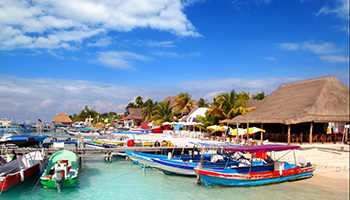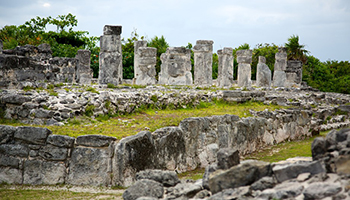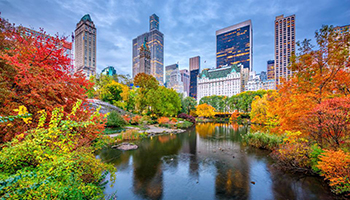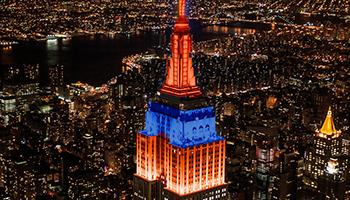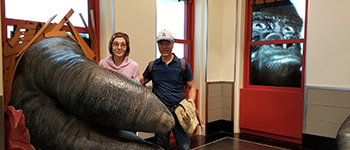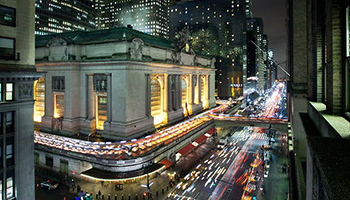
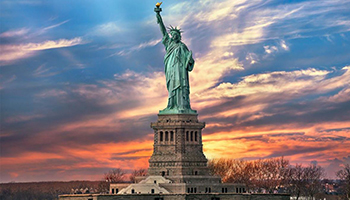
The Statue of Liberty (Liberty Enlightening the World; French: La Liberté éclairant le monde) is a colossal neoclassical sculpture on Liberty Island in New York Harbor in New York,
in the United States. The copper statue, a gift from the people of France to the people of the United States, was designed by French sculptor Frédéric Auguste Bartholdi
and its metal framework was built by Gustave Eiffel.
The statue was dedicated on October 28, 1886.
The Statue of Liberty is a figure of Libertas, a robed Roman liberty goddess. She holds a torch above her head with her right hand, and in her left hand carries a tabula ansata
inscribed in Roman numerals with "JULY IV MDCCLXXVI" (July 4, 1776), the date of the U.S. Declaration of Independence.
A broken shackle and chain lie at her feet as she walks forward, commemorating the recent national abolition of slavery.


The National September 11 Memorial & Museum (also known as the 9/11 Memorial & Museum) is a memorial and museum in New York City commemorating the September 11, 2001 attacks,
which killed 2,977 people, and the 1993 World Trade Center bombing, which killed six. The memorial is located at the World Trade Center site, the former location of the Twin Towers
that were destroyed during the September 11 attacks. It is operated by a non-profit institution whose mission is to raise funds for, program, and operate the memorial and museum
at the World Trade Center site. A dedication ceremony commemorating the tenth anniversary of the attacks was held at the memorial on September 11, 2011, and it opened to the public the following day.
The museum was dedicated on May 15, 2014, with remarks from Michael Bloomberg and President Barack Obama. The museum opened to the public on May 21.

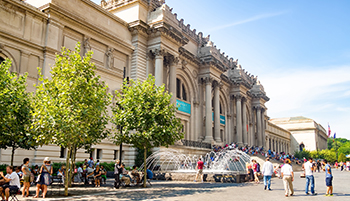
The Metropolitan Museum of Art of New York City, colloquially "the Met", is the largest art museum in the United States. With 6,953,927 visitors to its three locations in 2018, it was the third most visited art museum in the world.
Its permanent collection contains over two million works, divided among seventeen curatorial departments.
The main building at 1000 Fifth Avenue, along the Museum Mile on the eastern edge of Central Park
in Manhattan's Upper East Side, is by area one of the world's largest art galleries.
A much smaller second location, The Cloisters at Fort Tryon Park in Upper Manhattan, contains an extensive collection of art, architecture, and artifacts from medieval Europe.
On March 18, 2016, the museum opened the Met Breuer museum along Madison Avenue on the Upper East Side; it extends the museum's modern and contemporary art program.



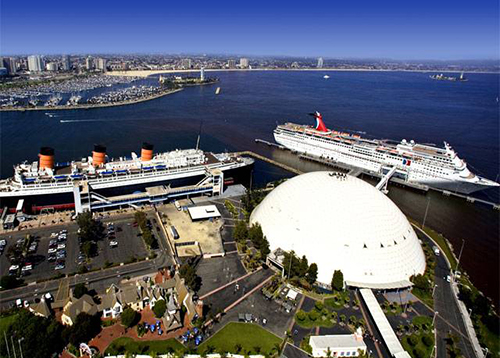

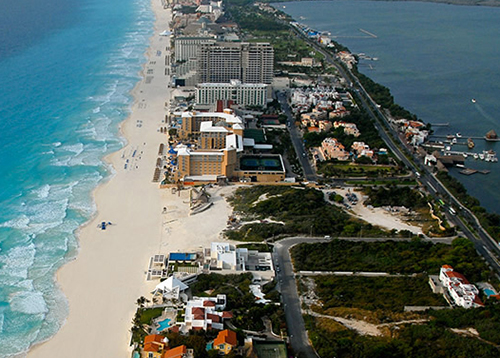




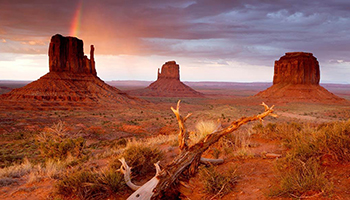



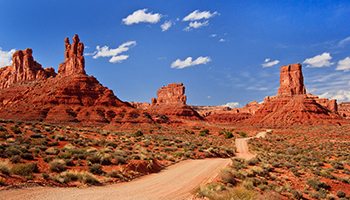










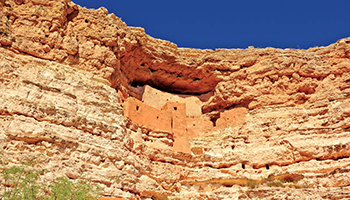

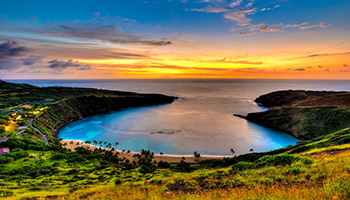

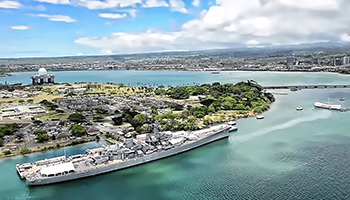







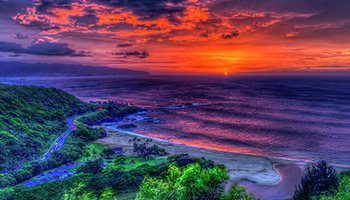


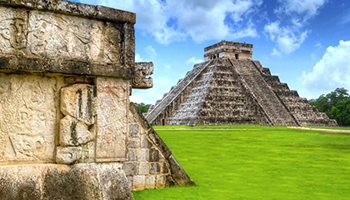

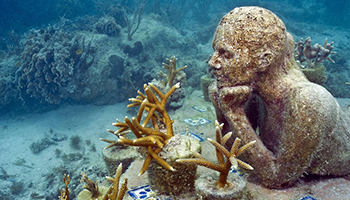
 Put together by six artists from Mexico and Britain, the sculptures will ultimately form the basis for new coral reefs.
Put together by six artists from Mexico and Britain, the sculptures will ultimately form the basis for new coral reefs.

